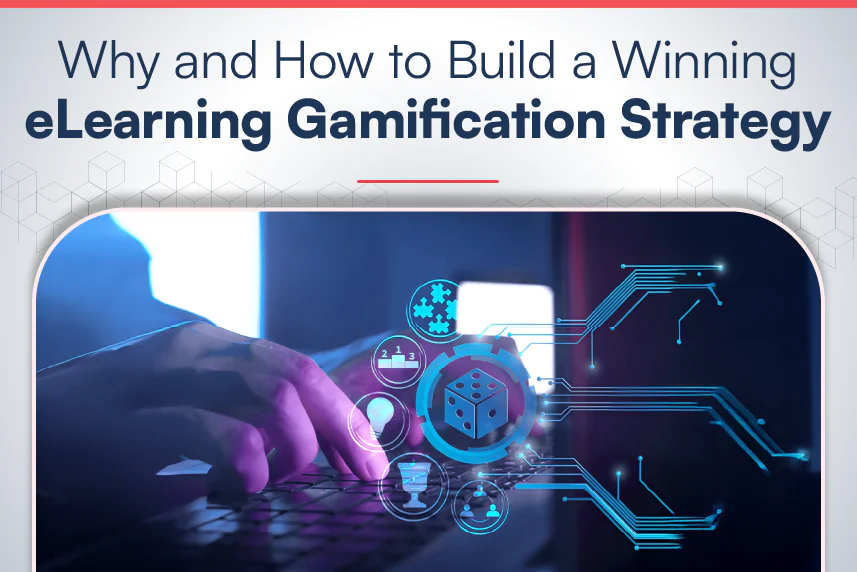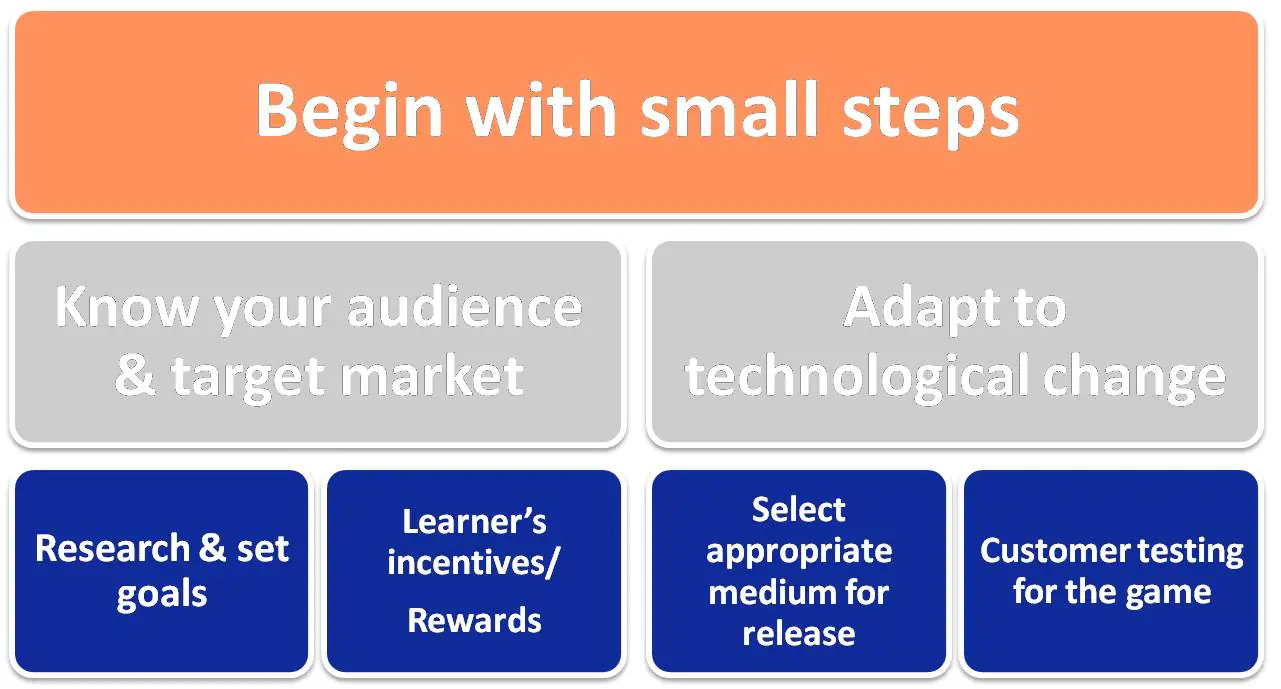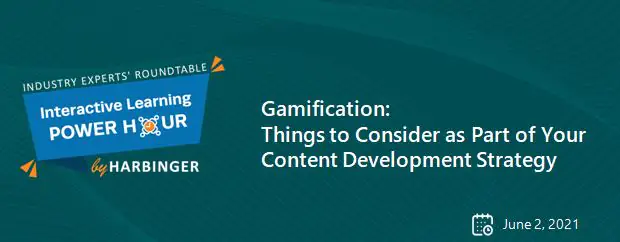
Gamification is a great prospect to consider when searching for an approach to enhance the learning outcomes of a training program. It could be the most straightforward strategy to boost learner satisfaction and engagement. What is gamification, and how can it be leveraged for developing a forward-looking eLearning content strategy? This must be on the top of the mind of any Learning & Development (L&D) or HR leader in today’s time.
Harbinger Group had the privilege of hosting some of the world’s highly accomplished learning and development leaders for an engaging Interactive Learning Power Hour – an industry expert’s roundtable discussion. These experts had an in-depth and intriguing discussion on the various aspects of gamification – starting from the need, to the context, to the benefits as also from challenges to strategies. This session included Chris Bryant (CEO, Bryant Group Experience), Cleon Wellington (Director, Professional Education Midmark Corp), Smita Kanakula (Architect – User Experience, Harbinger Systems), and Anurag Biswas (Instructional Designer, Harbinger Group). The discussion was led and facilitated by Dr. Vikas Joshi (CEO, Harbinger Group).
Check out this video to hear the whole discussion.
When people hear the word “gamification,” they immediately think of a computer game. They are right on the basic idea, but this is not quite what gamification in content development entails.
What is Gamification?
Gamification is the addition of game mechanics to a user interface through the use of marketing or instructional content. It is a method of repurposing information that takes advantage of game motivations. Gamification, according to Dr. Joshi is the application of gaming aspects to a process that is otherwise mundane. The core purpose of gamification is to increase involvement and improve outcomes.
Gamification has gained a lot of traction as a result of the Internet and other new technologies. And, learning & development leaders (L&D) have taken notice. Everyone is probably more familiar with gamification than they realize. Even if it isn’t immediately acknowledged, it is already a common practice. And here is why it should matter to any company whose primary goal is to improve employee satisfaction and engagement.
Why Should It Matter?
Some people find Gamification challenging and a tedious task to perform. But, according to Cleon, gamification is not at all complicated and it is going to be the next big thing in content production. It is more about the attitude of how to put the gamification elements together. The complete thought process compiled to create the gamified content is what makes gamification interesting and worth considering. Gamification is exciting and engaging not only for content designers but also for learners.
On their first game, Midmark received overwhelmingly positive feedback from their internal teams. Ninety one percent (91%) of them not only found the game beneficial to their learning but, most importantly, enjoyed participating. The drive to compete and beat one’s previous score is what motivates learners to keep going, said Cleon. Self-directed learning is at par, he added.
The motivational aspect of gamification is supported by numbers from a 2021 market share analysis report.

Chris Bryant, on the other hand, considers gamification and the data that supports it to be critical. Gamification extends beyond the standard eLearning training model. It converts a commendable number of learners towards training by making it fun and engaging. It includes surprises, feedback, and numerous constituent opportunities for learners to try new things. Gamification, when done correctly, reduces the stigma associated with training. It shifts employee’s mindset from ‘I have to’ to ‘I want to’. “It is undeniably the way of the future”, he continued, “and there is no way we are turning our back.”
Thus, there are numerous benefits of introducing gamification in the workplace. This is the reason why more and more businesses are turning to gamified content development as it boosts employees’ intrinsic motivation, increases learner’s engagement and competitiveness, influences behavioral change, incorporates the spirit of competition, sense of achievement, and leads to better employee retention.
Gamification Strategies
If you are not aware of how gamifying content works or what aspects need to be considered while creating gamified content, it is recommended that you listen to the recording of the Power Hour. The panelists discuss in detail how it is just a matter of coming up with the correct idea and getting it in front of your target audience. Start with the quick spots that are depicted in the diagram below, say the experts.

While some of the games you may see are animated, it needn’t be as complicated or fancy everytime. One can apply simple strategies and frameworks as a starting point. The beautiful thing about gamification is that it provides the creators varied approaches that can be adopted. Scores, Leaderboards, Quizzes, Badges, Levelling, Challenges, Progress bar, Rewards, Timer are some of the specialized and widely used gamification elements. Nike, Starbucks, Duolingo, Fitbit are some of the well-known brands that have made gamification an intrinsic part of their offerings.
Gamification isn’t just a fancy buzz word. It’s a glue that binds multiple aspects within an organization. The benefits of gamification in corporate training and learning cannot be overlooked.
What are your thoughts on gamification as an approach for content planning? Please comment below or drop us a note at contact@harbingergroup.com to discuss more.
 | Gamification: Things to Consider as Part of Your Content Development Strategy |





